

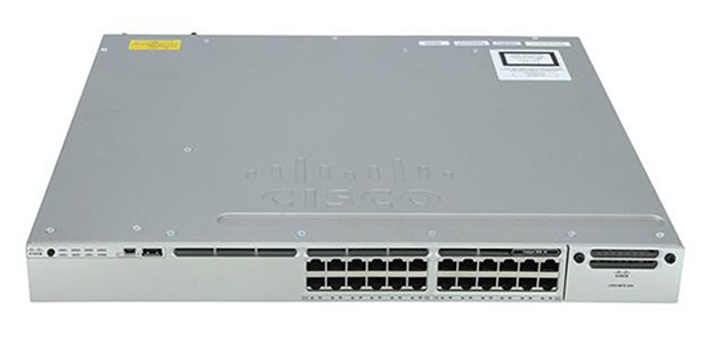
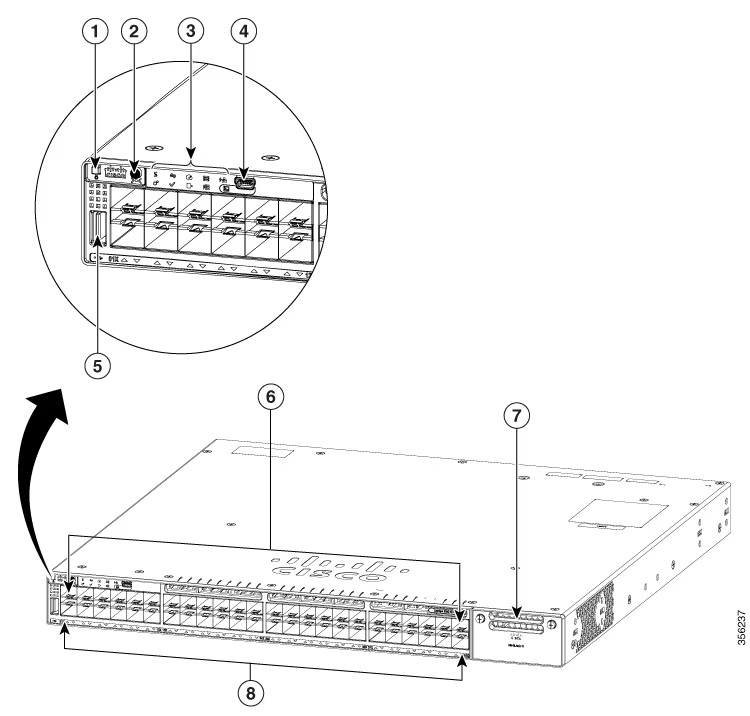

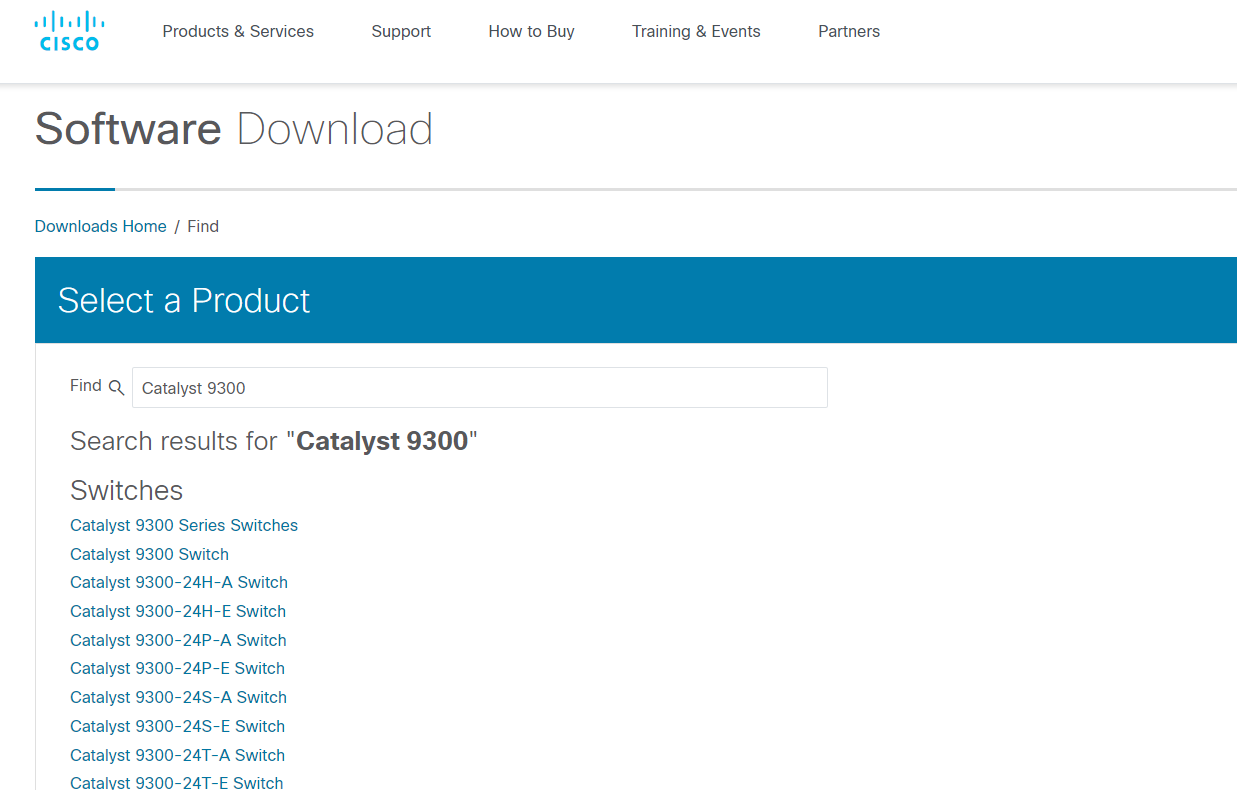
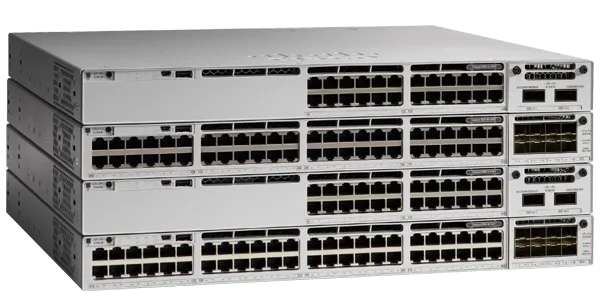

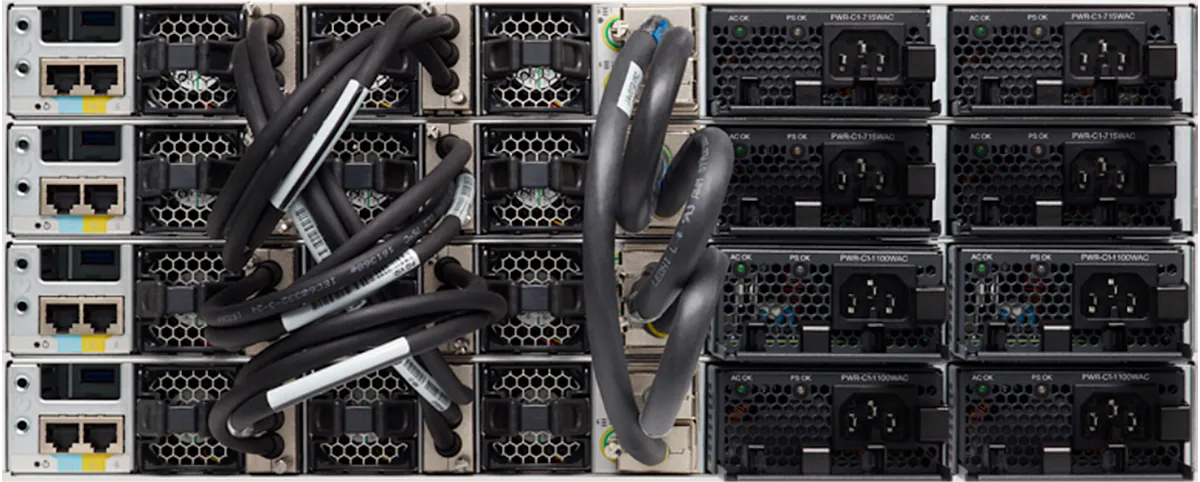




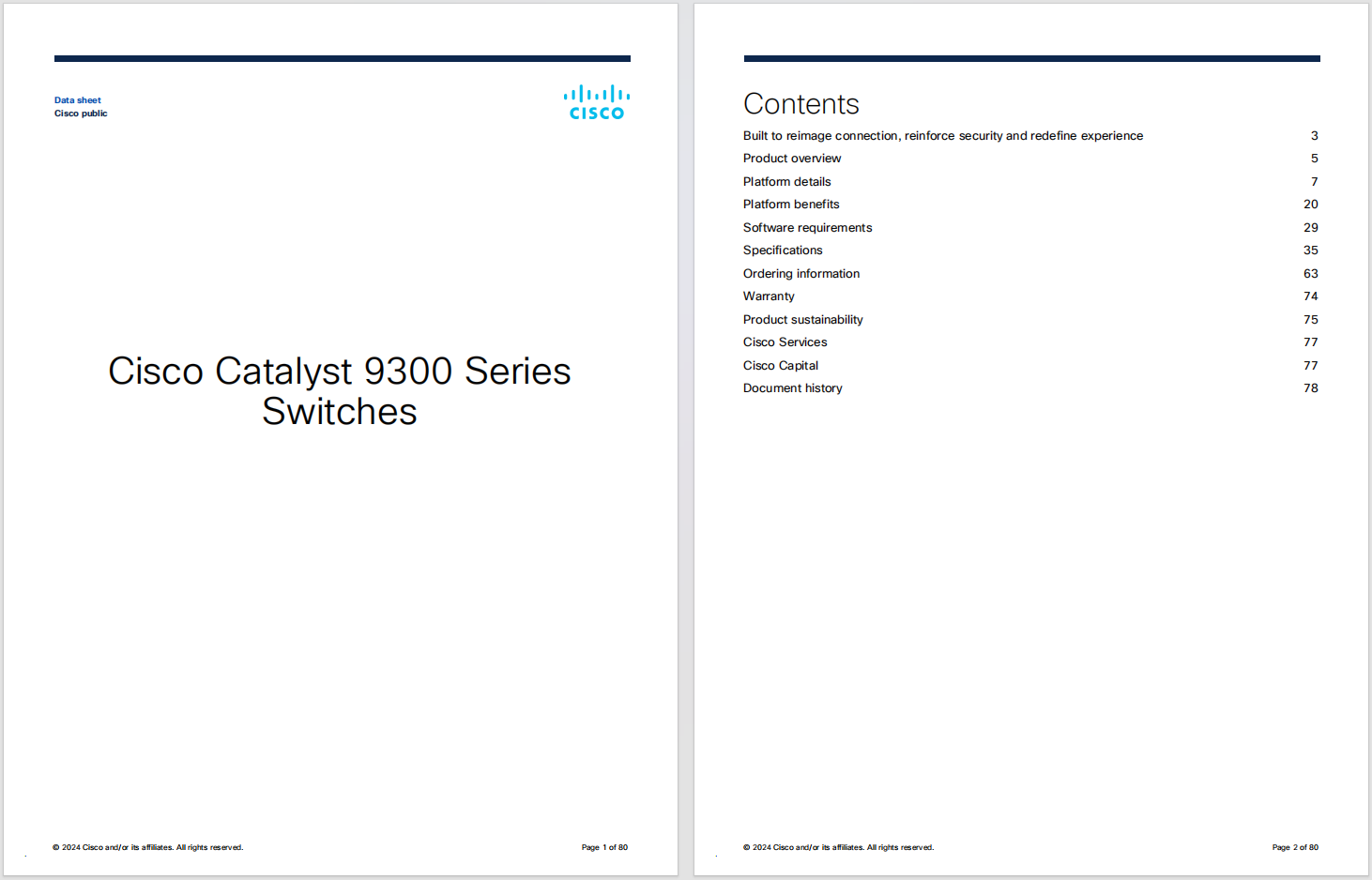



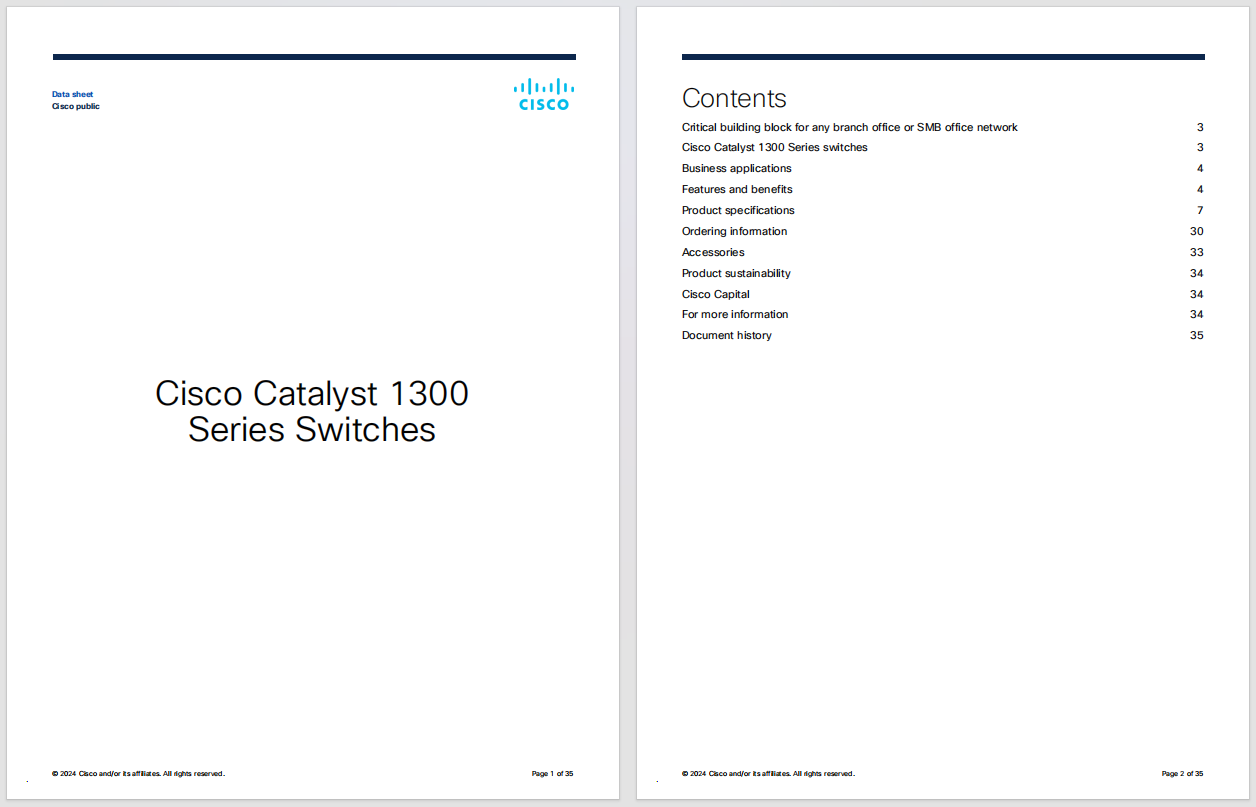
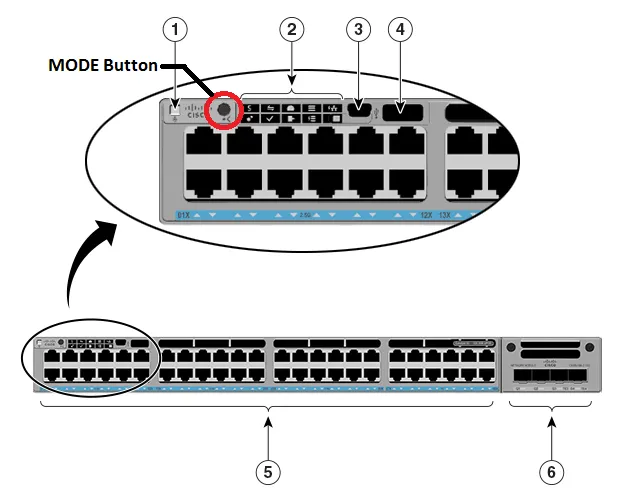





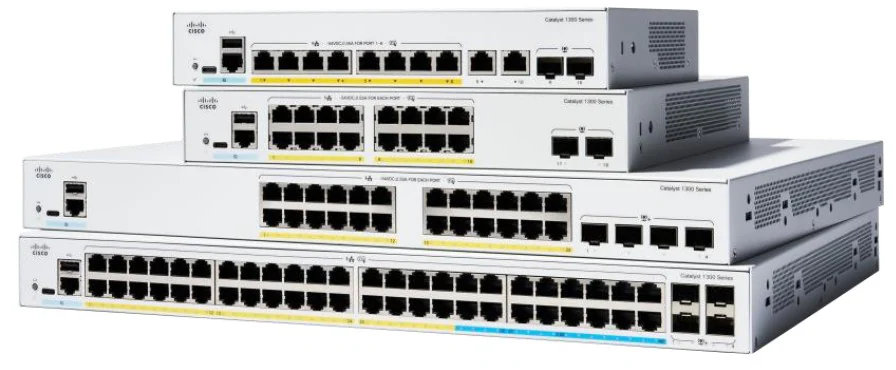


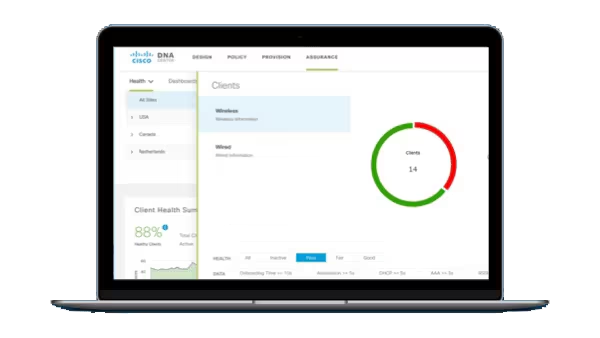
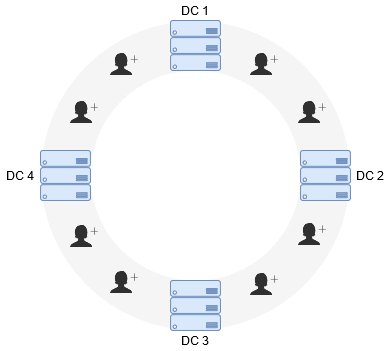
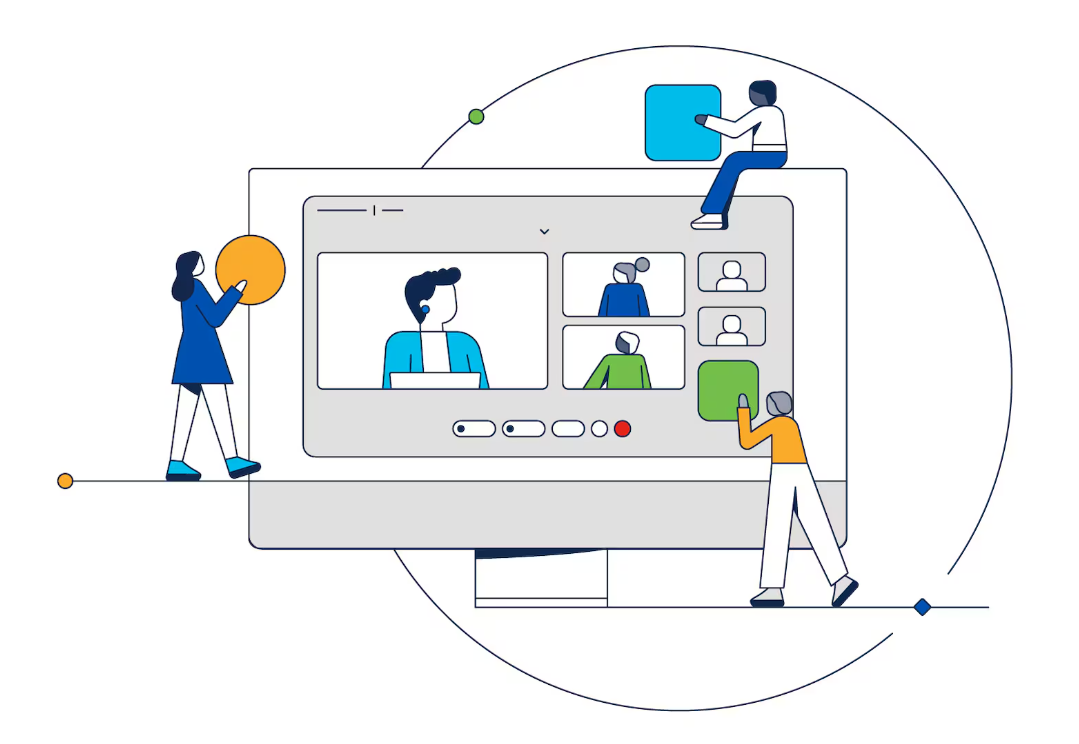
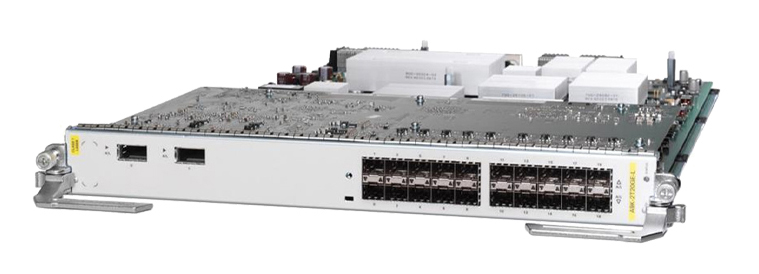

Growing revenue remains the C-suite's top business priority for the third consecutive year. Yet, recent outlooks suggest a moderating economy will make growth that much more difficult to attain. More than ever, business today relies on a means of sustainable advantage -- a way to stand apart in the minds of customers and to propel success in the marketplace.
But how will you improve your firm's growth and success when your competitors have the same resources as you? When technology empowers every firm equally, when capital is freely available, and when business processes are standardized, what will differentiate your company, your products, and your brand to fuel your growth?
We believe companies will turn to creativity, a way of thinking that elevates your individual and collective ability to develop potent products and experiences. Creativity is not a special ability held by the few; it's a willingness to tap into the ingenuity and imagination inside all of us.
And it pays off.
In our research, we found that companies that self-identify as creative leaders grow 2.6 times faster than creative laggards. To get your head wrapped around the simplicity of this idea, it's helpful to think about what creative organizations do differently.
They have a mindset that embraces the curiosity -- and the tension -- of cooperative work.
Their companies cultivate different conditions -- permission to invite in diverse thinking and to see "failures" as learning opportunities.
They use different practices, such as driving toward a common "North Star" metric or outcome -- a metric that every team member knows how they can improve. They also utilize some new practices, such as "four in a box leadership," where technology, operations, business, and product teams come together to execute as one with a common purpose and diverse contributions.
The best part? Creativity doesn't cost you extra, nor does it conflict with existing programs, as it slipstreams in front of your existing design and innovation practices.
When the unique combination of technology, process, capital, and human ingenuity collides, the result is a boom of creativity that fuels business expansion, product innovation, and a slew of novel ideas. This combination is exactly what drove the economic prosperity of the Roaring Twenties and post-World War II consumerism. It's what can propel your company's prosperity today.
To learn how creativity catalyzes growth, register to attend Forrester's Technology & Innovation event on November 2 here.
This post was written by Vice President, Principal Analyst Ted Schadler and it originally appeared here.
 Tags quentes :
Negócio
Indústria de Tecnologia
Tags quentes :
Negócio
Indústria de Tecnologia